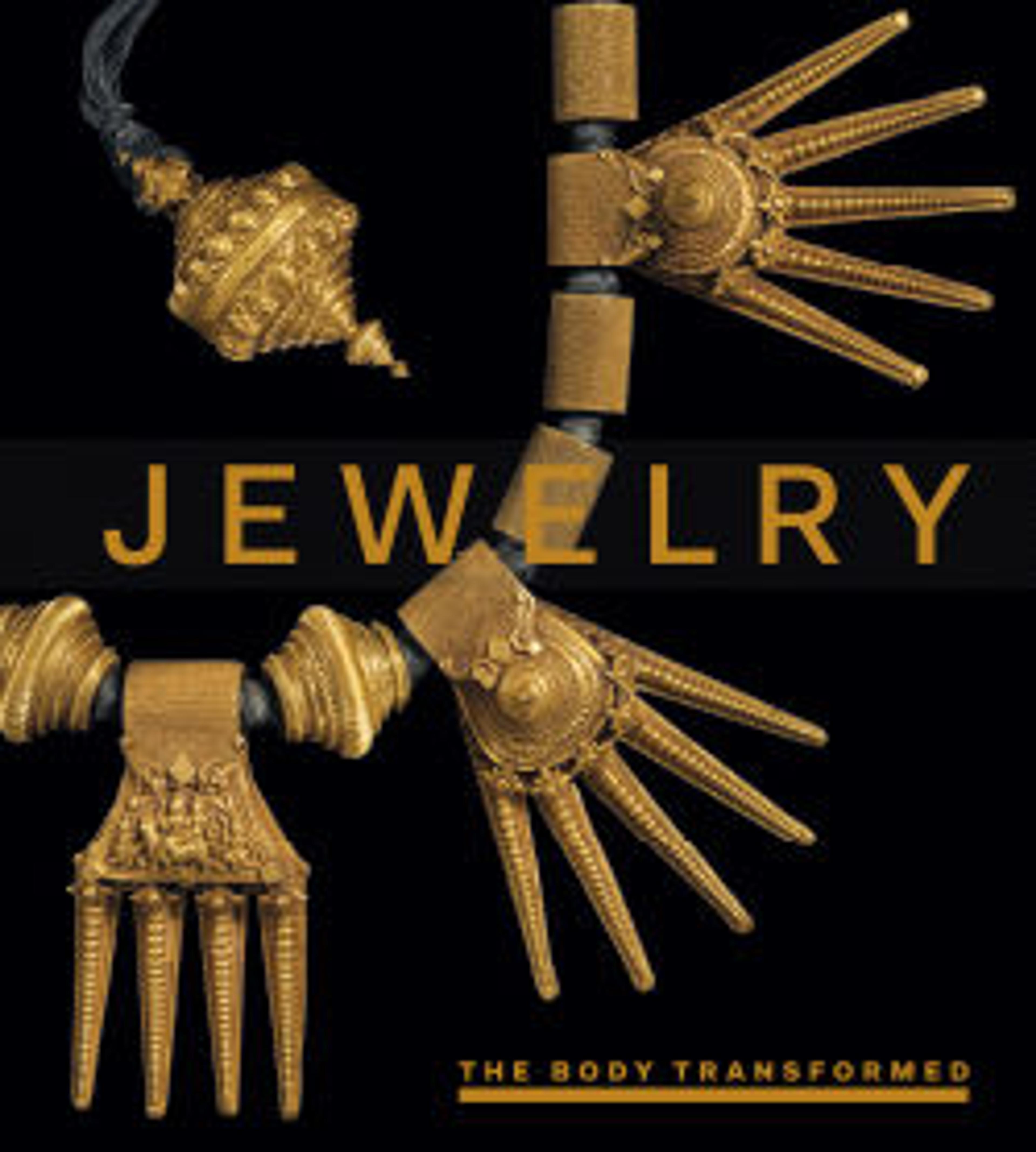Madura. The Great Pagoda Jewels.
Linneaus Tripe enlisted in the army of the East India Company at the age of seventeen. While in England on furlough in 1851 and 1853, he purchased cameras and photographic apparatus. The views he made of ancient temples in Hullabede and Belur in 1854 attracted the attention of the directors of the company, who in 1855 requested that the Indian presidencies use photographers rather than draftsmen to record regional antiquities. The following year Tripe was appointed government photographer to the Madras presidency, and in 1857-58 he made an extended photographic tour of the southern districts, producing six volumes of handsome photographs, most of them of temples, in 1858.
This photograph is plate 11 in the third section of the Madurai volume. One of several photographs taken at the Great Temple of Madurai, it represents the special adornments for the idols and their mounts which were ceremoniously carried through the temple compound in festival processions. In addition to the richly jeweled crowns, necklaces, and forehead ornaments, there are stirrups of gold and bridles of pearls and coral. The large ornaments in the background embellished the lingam, the phallic symbol of the god Shiva. Placed over the lingam, the cobra would coil around it, raising its hood in an exorbitant display of protective majesty. The principal lingam resided in the innermost temple, forbidden to foreigners. Tripe's picture is thus about a ceremony he could not photograph and the absent symbol of a god he could not see.
This photograph is plate 11 in the third section of the Madurai volume. One of several photographs taken at the Great Temple of Madurai, it represents the special adornments for the idols and their mounts which were ceremoniously carried through the temple compound in festival processions. In addition to the richly jeweled crowns, necklaces, and forehead ornaments, there are stirrups of gold and bridles of pearls and coral. The large ornaments in the background embellished the lingam, the phallic symbol of the god Shiva. Placed over the lingam, the cobra would coil around it, raising its hood in an exorbitant display of protective majesty. The principal lingam resided in the innermost temple, forbidden to foreigners. Tripe's picture is thus about a ceremony he could not photograph and the absent symbol of a god he could not see.
Artwork Details
- Title:Madura. The Great Pagoda Jewels.
- Artist:Linnaeus Tripe (British, Devonport (Plymouth Dock) 1822–1902 Devonport)
- Date:January–February 1858
- Medium:Albumen silver print from dry collodion on glass negative
- Dimensions:Image: 21.9 x 30.1 cm (8 5/8 x 11 7/8 in.)
Mount: 45.1 x 57.3 cm (17 3/4 x 22 9/16 in.)
Mat: 21 1/8 × 23 15/16 in. (53.6 × 60.8 cm) - Classification:Photographs
- Credit Line:Gilman Collection, Purchase, Cynthia Hazen Polsky Gift, 2005
- Object Number:2005.100.381.2.11
- Curatorial Department: Photographs
More Artwork
Research Resources
The Met provides unparalleled resources for research and welcomes an international community of students and scholars. The Met's Open Access API is where creators and researchers can connect to the The Met collection. Open Access data and public domain images are available for unrestricted commercial and noncommercial use without permission or fee.
To request images under copyright and other restrictions, please use this Image Request form.
Feedback
We continue to research and examine historical and cultural context for objects in The Met collection. If you have comments or questions about this object record, please contact us using the form below. The Museum looks forward to receiving your comments.
